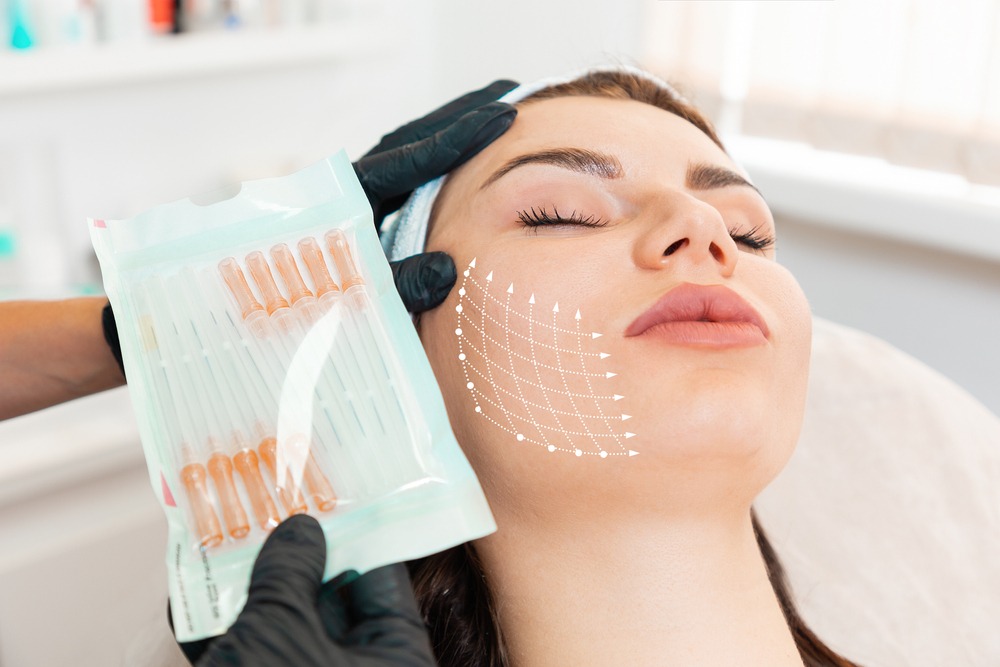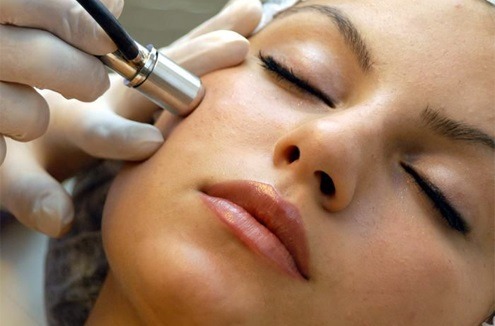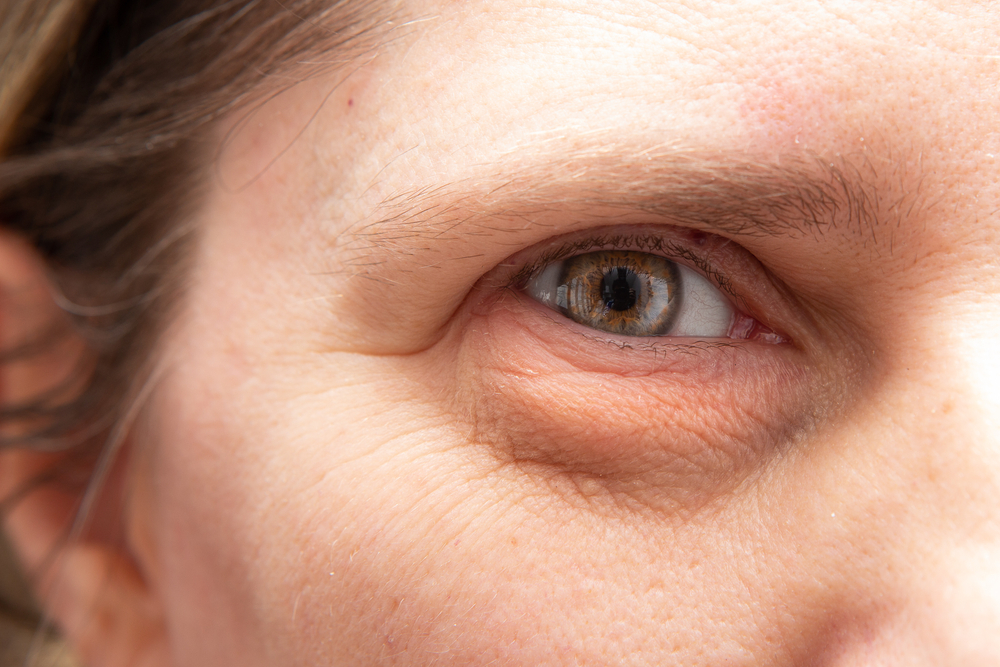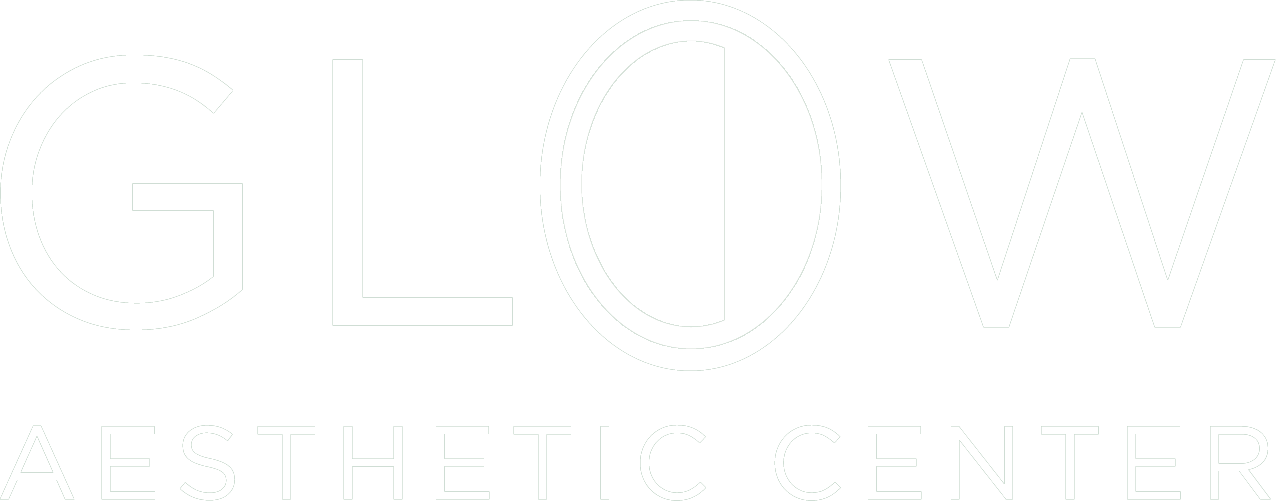For millions of people, migraines are more than just headaches — they’re debilitating neurological events that can disrupt daily life, limit productivity, and cause intense, recurring pain. For those who suffer from chronic migraines, meaning headaches on 15 or more days each month, finding lasting relief can feel like an uphill battle.
While traditional treatments like medication and lifestyle changes can help manage symptoms, many patients continue to experience frequent, severe attacks. Fortunately, medical advances have introduced a new approach that addresses migraines at their source: Botox injections.
At Glow Aesthetic Center in Encino, our Board Certified Injectors use Botox not only to smooth wrinkles but also to help patients manage chronic migraines effectively. Backed by more than a decade of FDA approval and scientific research, Botox offers a safe, non-surgical way to reduce headache frequency and intensity — often transforming quality of life for migraine sufferers.
Let’s explore what causes migraines, how Botox works to treat them, and what you can expect from the process.
Understanding Chronic Migraines
Migraines are complex neurological conditions characterized by intense, pulsating pain often accompanied by nausea, light sensitivity, and sound sensitivity. Unlike typical headaches, migraines can last anywhere from four hours to several days and significantly affect daily function.
According to the National Library of Medicine, chronic migraine is defined as experiencing headaches on 15 or more days per month, with at least eight of those days meeting migraine criteria. This makes chronic migraine a severely disabling condition that impacts both physical and emotional well-being.
Common Symptoms Include:
- Throbbing or pulsating head pain (often on one side)
- Sensitivity to light, sound, or smell
- Nausea or vomiting
- Visual disturbances or “aura”
- Fatigue and difficulty concentrating
While the exact cause of migraines isn’t fully understood, scientists believe they result from a combination of neurological and vascular factors — including abnormal brain activity, chemical imbalances, and changes in blood vessel dilation.
Traditional Migraine Treatments
Before Botox became an FDA-approved therapy for migraines, most patients relied on a combination of preventive and acute treatments:
Preventive Medications
Doctors often prescribe antidepressants, beta blockers, anti-seizure drugs, or calcium channel blockers to reduce migraine frequency. However, these medications can cause unwanted side effects such as fatigue, dizziness, or mood changes.
Acute Treatments
For managing pain during an attack, patients may take triptans, NSAIDs, or ergotamines. While these can help alleviate pain temporarily, they don’t prevent migraines from occurring.
Lifestyle Adjustments
Stress management, adequate sleep, hydration, and avoiding known triggers (like caffeine, alcohol, or certain foods) can help reduce attacks — but are rarely enough for chronic sufferers.
For many patients who’ve tried these methods without success, Botox offers a new level of migraine prevention — one that directly targets pain transmission pathways in the nervous system.
Botox for Chronic Migraine: How It Works
Botox (onabotulinumtoxinA) is a purified neurotoxin protein derived from Clostridium botulinum. When used in small, controlled doses, it works by blocking the release of neurotransmitters that trigger muscle contractions and pain signals.
For migraine therapy, Botox is injected into specific areas around the head, neck, and shoulders, where it helps interrupt the pain network before headaches begin.
The Science Behind It:
Botox prevents the release of acetylcholine and other chemicals responsible for transmitting pain signals from the nerves to the brain. By temporarily blocking this communication, the injections reduce the sensitivity of pain fibers and prevent activation of the brain’s migraine centers.
In other words, Botox doesn’t just treat existing headaches — it helps stop them before they start.
What to Expect During Treatment
The Procedure
A Botox migraine treatment at Glow Aesthetic Center is quick, precise, and comfortable. Your provider will administer about 31 small injections into key muscle groups across the forehead, temples, back of the head, neck, and shoulders.
Each injection targets areas where migraine-related pain fibers are most active. The process takes around 20 minutes and feels like tiny pinpricks on the skin.
After the Procedure
You can return to your regular activities immediately after treatment. Some patients experience mild neck soreness or tenderness at the injection sites, which usually resolves within a day or two.
Most patients begin to notice a reduction in migraine frequency within two to four weeks, with continued improvement after subsequent sessions.
How Often Should You Get Botox for Migraines?
The FDA-approved treatment schedule for chronic migraine involves receiving Botox injections every 12 weeks. Each treatment typically uses 155 units distributed across the head and neck in seven specific muscle areas.
Many patients experience the greatest improvement after their second or third treatment cycle, as the effects build over time. Studies from the American Migraine Foundation show that after two sessions, patients reported up to a 50% reduction in headache days each month.
How Effective Is Botox for Chronic Migraine?
Botox has consistently shown strong results for patients with chronic migraine. According to clinical studies published by the National Library of Medicine, onabotulinumtoxinA significantly reduces both headache frequency and intensity, improving overall quality of life.
Key Findings:
- Many patients experience 8–9 fewer migraine days per month after consistent treatment.
- About half of patients report their migraine days cut by at least 50%.
- Effects last 10–12 weeks before gradually wearing off.
Because Botox works preventively, its benefits increase with ongoing treatments. Patients who commit to regular injections often find their migraines become less frequent, less severe, and easier to manage.
Who Is a Good Candidate for Botox Migraine Treatment?
Botox is FDA-approved for adults aged 18 and over who experience:
- Chronic migraines (15 or more headache days per month)
- Headaches lasting four hours or longer
- Limited relief from oral preventive medications
It’s not recommended for patients with fewer than 15 headache days a month or those with temporary tension headaches.
Before beginning treatment, your provider will review your medical history to ensure Botox is safe and suitable for you.
The Advantages of Botox Over Other Migraine Treatments
While oral medications treat symptoms, Botox addresses migraine activity at its source — the nerve endings responsible for pain transmission.
1. Prevents, Don’t Just Treats
Botox works by stopping pain signals before they start, unlike pills that act after a migraine begins.
2. Long-Lasting Results
Each treatment lasts 10–12 weeks, meaning fewer interventions and more consistent relief.
3. Minimal Side Effects
Because it’s injected locally rather than taken systemically, Botox avoids the gastrointestinal, cognitive, or mood-related side effects common with oral medications.
4. Safe and Proven
Botox has over 30 years of research and clinical use, including more than a decade of migraine-specific FDA approval.
5. Improved Daily Function
Patients report not only fewer headaches but also better sleep, concentration, and mood as a result of reduced pain frequency.
What Are the Risks or Side Effects?
Botox is well-tolerated and considered safe for long-term use when performed by experienced medical professionals.
Mild side effects may include:
- Neck soreness or stiffness
- Minor bruising at injection sites
- Temporary fatigue or mild headache
Serious complications are extremely rare, especially when administered by certified injectors like those at Glow Aesthetic Center.
The Glow Aesthetic Center Approach
At Glow Aesthetic Center in Encino, our Board Certified Injectors combine medical expertise with an understanding of facial and neurological anatomy to ensure your Botox migraine treatment is both safe and effective.
Our team uses advanced injection mapping to target pain-related muscle groups precisely, helping you achieve optimal migraine reduction with minimal discomfort.
We personalize each treatment plan to your migraine patterns, lifestyle, and medical history — ensuring results that not only relieve pain but also enhance your overall well-being.
Final Thoughts
Chronic migraines can feel relentless, but Botox offers a proven, science-backed way to reduce their grip on your life. By interrupting pain signals before they reach the brain, Botox helps prevent migraines before they start — allowing you to regain control, energy, and peace of mind.
If you’ve tried traditional medications without lasting relief, Botox may be the breakthrough you’ve been waiting for. With regular treatments, many patients see fewer headaches, shorter episodes, and a brighter, pain-free future ahead.
Schedule Your Migraine Relief Consultation at Glow Aesthetic Center
Ready to take control of your chronic migraines? Schedule your Botox consultation today at Glow Aesthetic Center in Encino. Our expert team will assess your condition, design a personalized treatment plan, and help you find lasting relief through advanced, FDA-approved Botox therapy.
Frequently Asked Questions
Does Botox work for all migraine types?
Botox is only FDA-approved for chronic migraines — those occurring on 15 or more days per month. It’s not recommended for episodic or tension headaches.
How soon will I notice results?
Some patients experience relief within 2–4 weeks, but maximum benefits often appear after the second or third treatment.
Are there any side effects?
Mild soreness or neck stiffness may occur temporarily. These effects usually fade within 24–48 hours.
Can I continue my regular migraine medications while receiving Botox?
Yes. Botox does not interact with oral migraine medications, so you can safely continue your current regimen during treatment.
How long do results last?
Each Botox session provides relief for approximately 10–12 weeks before a maintenance treatment is recommended.







